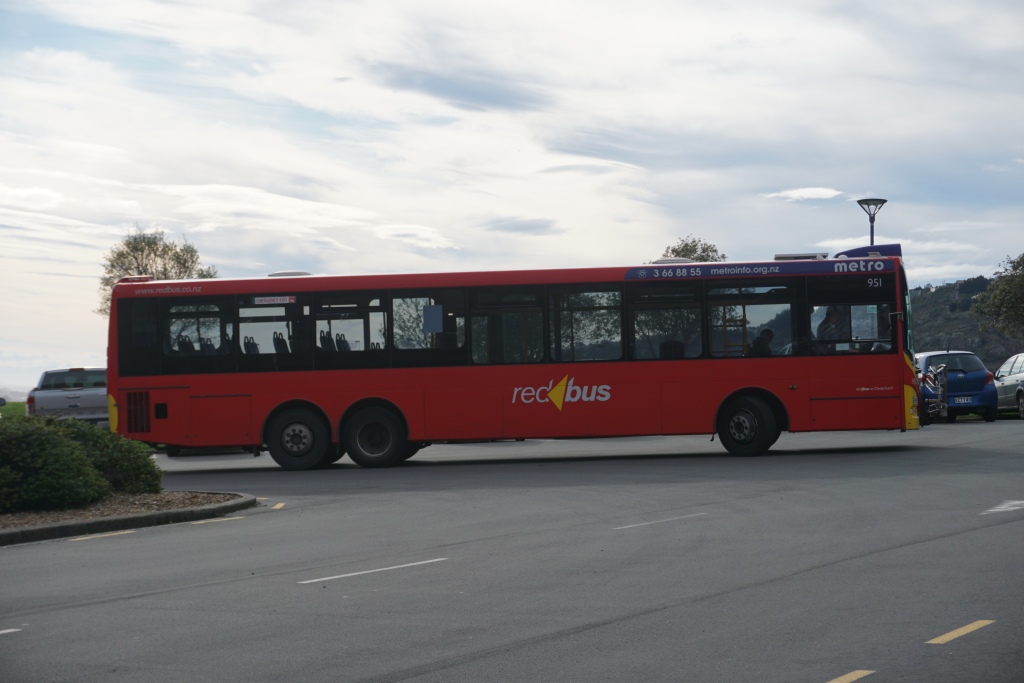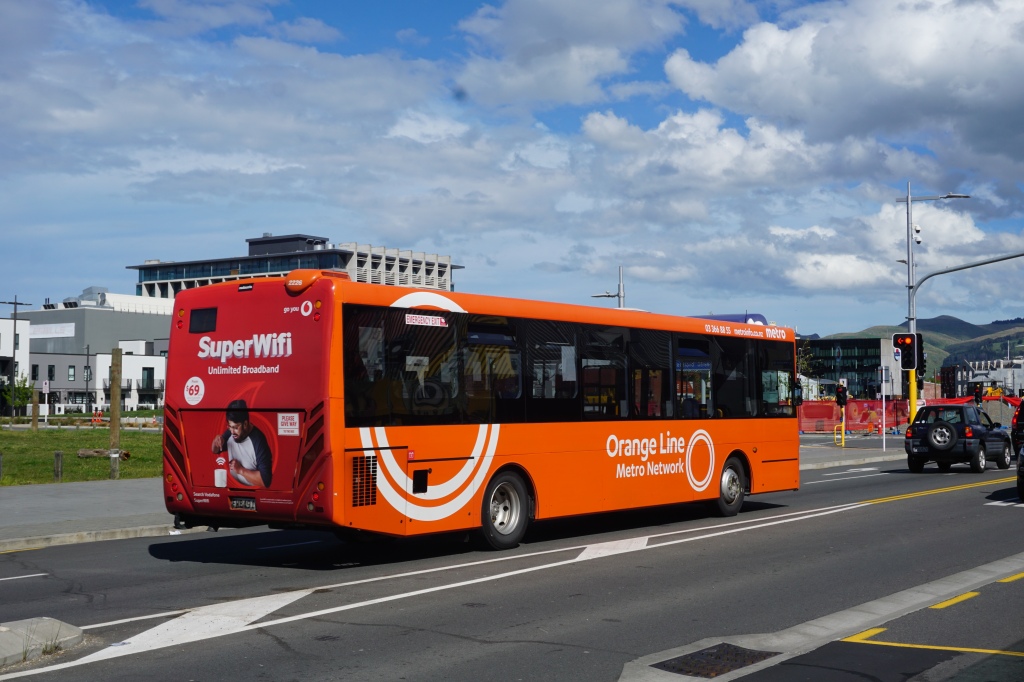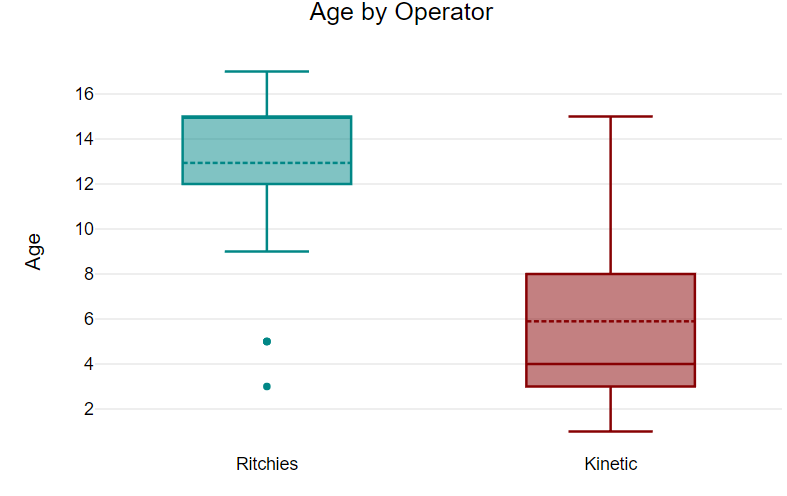This is a guest post from Tim Frank
Up to 2019 most of the bus services in Christchurch were operated by the Red Bus Company, with Go Bus operating many other routes. Go Bus itself had purchased two other Christchurch bus companies: in 2010 the relatively recently established company Christchurch Bus Services; and in 2013 the Urban Cat operations from Leopard Coachlines.
In 2019 Go Bus won the majority of tenders for bus operations in Christchurch; Ritchies won some direct routes and school routes. As a result, from 2020 Go Bus operated nearly 80% of bus services in Christchurch and the Red Bus Company less than 20%. The Red Bus Company had to sell a significant portion of its fleet.
In 2020 Go Bus was sold to the Australian Kinetic Group and the Red Bus Company was sold to Ritchies; Ritchies in turn was sold to American investment company Kohlberg Kravis Roberts in 2021. At the time I was disappointed by the sale of the Red Bus Company to a large national operation and later on to an international company. That was because the experience in central Europe is that the best public transport service is usually provided by mid-sized operators with a local focus. These are frequently far superior to large companies that have a cumbersome administration and are not locally anchored.

Back in 2020 the distinctly red buses of the Red Bus Company nevertheless could still be seen throughout Christchurch, contrasting with the white, green and orange colours of Go Bus and the coloured-coded lines, such as the Blue Line, Yellow Line, Orange Line (all operated by Kinetic / Go Bus) and the Purple Line (operated by the Red Bus Company). However, the interior of the buses was fairly similar across all routes, with not much difference in colour schemes, seats or layout between the different bus companies. Not much changed after Ritchies took ownership of the Red Bus Company.
Nowadays, nearly all buses operated under contract to Ecan have the uniform teal outside colour, no matter what company they are operated by. But the look and condition of the interior of the buses vary significantly. This is noticeable immediately upon entering a bus. A Ritchies bus is normally a lot older and often also dirtier than Kinetic buses.

After taking another ride in a fairly old Ritchies bus, I wondered whether this was just my imagination or whether it could be backed up by data. I decided to do my own data collection. One weekday morning I looked up 100 buses on the app “Any Trip” and got the registration numbers of buses and the route they were travelling on. I assumed that buses travelling on routes 3, 8, 29, 86 and 140 were Ritchies Buses and those on other routes (1, 5, 7, 27, 44, 60, 80, , 92, 95, 100, 120, 130, and 135) were Kinetic Buses. I did not include Orbiter buses, because that fleet has largely been renewed in 2021. The total number of buses operated by Ritchies in this sample was 32; the total number of buses operated by Kinetic was 68. This sampling was as random as I could make it, but could have been influenced by subconscious biases. I then looked up the year of build of the vehicles on the NZTA website.
My sampling may have been somewhat out: only 15% of Kinetic buses were electric; and 10% of Ritchies buses were electric. According to Ecan publications, more of the fleet is already electric, and Ritchies only have three electric buses, all of which were included in the data. Keeping that in mind, it is likely that I have not captured some of the newer Kinetic fleet.
The data clearly indicate that Ritchies buses are considerably older than those operated by Kinetic. The average (mean) age of Ritchies buses is 12.9 years, while the average (mean) age of Kinetic buses is 5.9 years. The median for Ritchies buses is 15 years, that for Kinetic buses 4 years. (see box and whisker plot). The average (mean) age for the whole sample is 8.15 years, with the median 6.5 years. The three electric buses operated by Ritchies on Route 29 are considerably newer than other Ritchies buses, which are at least 9 years old. I also found one three-year-old bus operating on Route 140. However, Ritchies so far has hardly purchased any new buses since taking over ownership of the Red Bus Company.

Ritchies may try to use the old assets purchased from the Red Bus Company to the end of their economic life and may soon begin a renewal of the fleet. However, the company had not done so at the last opportunity. In 2023, Ritchies took over running of the new Route 8, while Kinetic took over the new Route 27. With expanded services, both companies needed to increase their fleet. Kinetic mainly uses new diesel buses on Route 27, while Ritchies brought in old buses from around the country to bolster its fleet on Route 8.
The perceived cleanliness of buses in Christchurch may be related to the age of the vehicles and that age may largely be explained by the particular history of the bus operators in Christchurch. It is understandable that companies would want to efficiently use their vehicle fleets and not replace vehicles that still give good service. Nevertheless, it would improve the passenger experience significantly if particular care were given to older vehicles to improve their internal condition rather than letting old buses deteriorate. Currently the condition of buses on a few routes is letting down the overall appeal of bus travel in Christchurch.
Hi Simon, would you be okay with Greater Otautahi resharing this article? We’re a housing/public transport advocacy organisation.
LikeLike
It’s actually Chris but yea I’m all good with you resharing (same goes for all my blog posts). I’ll double-check with Tim Frank but I’m sure he’ll be fine with it too.
LikeLike
What’s interesting is that Waka Kotahi’s Requirements for Urban Buses states that ‘the maximum average age of the operator vehicle fleet under bus service contracts is to be 10 years.’ Could this mean that Richies are in breach of their obligations?
I’d also be interested in how many of their buses have been refurbished, which the RUB requires for buses that have reached their mid-life (~10 years).
LikeLike
Route 140 has some newer buses, not sure if they’re brand new but the number plates suggest they are (mainly starting with N, so probably 2020-2022ish). Haven’t seen them on other routes though.
Have noticed that a few of the older ex Red Buses have been starting to get “refurbished” though, which seems to consist of a new LED display on the front (which is white vs the old orange displays) and new seat coverings.
Hoping they might start to replace some of the old buses with EVs at some stage, but not holding my breath.
LikeLike